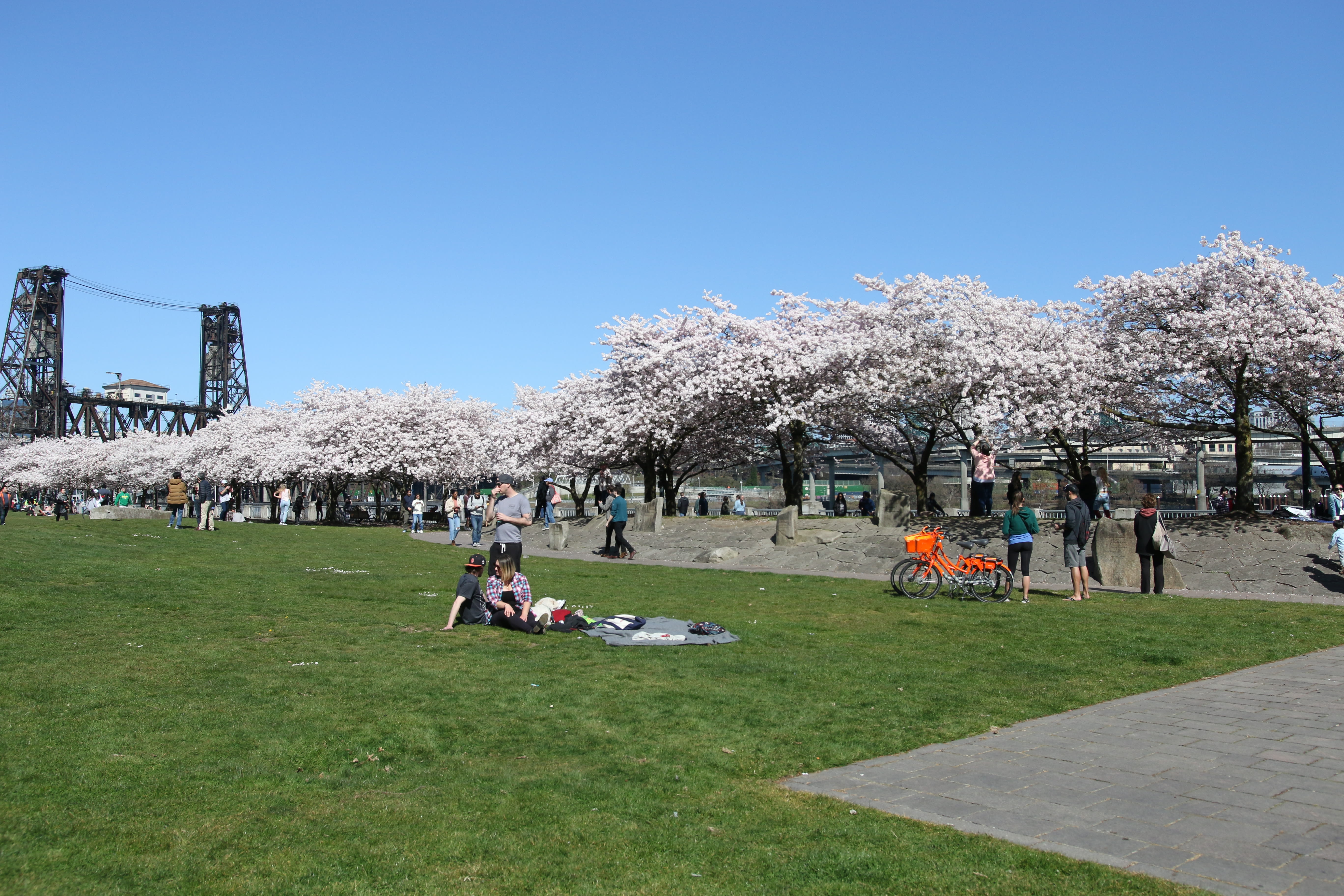Mask Up, Oregon: Coronavirus Is Not Going Away

It’s been 100 often-grim, endless-seeming days since Oregon Gov. Kate Brown first told Oregonians to stay home in order to curb the spread of coronavirus.
But the past is just the prologue, the governor made clear during a briefing for reporters on Wednesday—coronavirus cases in Oregon are routinely hitting all-time highs, including in more rural areas that up until now weren’t seeing much spread.
There were 281 new coronavirus cases reported in Oregon on Wednesday, according to the Oregon Health Authority, the highest single-day total since the pandemic began. A little over a third of those cases are in the Portland metro area, but there are flare-ups too in Malheur County, along the Idaho border, and Umatilla County, which borders Washington state. This new surge in cases is most prevalent in people under the age of 50, according to state data, an age group that accounts for a full 75 percent of new cases. Hospitalizations, while inching upwards, are still below where they were in March and April, which helps account for why the state hasn’t re-entered lockdown—yet.
That spread is behind the governor’s decision to finally, after weeks of urging from the medical community, order Oregonians to mask up statewide when in indoor public spaces, an order that takes effect immediately.
Whether residents will comply—and continue with the physical distancing and maniacal hand-washing that helped flatten the curve in the state back in May—remains to be seen. If not, Brown and others have made it clear, we could find ourselves right back in a stay-at-home order, businesses closed down and — crucially — the school year online-only.
In other words: summer, for all intents and purposes, has been canceled, and fall could well be next. (After all, isn’t it tough to picture kids crowding onto doorsteps to grab candy from neighbors right now?)
There have been harbingers already: the venerable Pendleton Round-up, the state’s signature rodeo event, was called off for early September. You can buy tickets to the Oregon Ballet Theatre’s traditional Christmastime production of the Nutcracker at Keller Auditorium, but they come with a caveat—any ticket purchased can be refunded or credited to any performance in the 2021/2022 ballet season. Forget about those traditional doorbuster sales on Black Friday — major retailers are already planning to shift their sales to online and beef up their curbside pickup.
Others are holding out: the New York City marathon in November has been canceled, but the Portland Marathon, scheduled for the first Sunday in October is — for now, anyway – a go. The Portland Book Festival, which packs auditoriums and indoor halls in the Portland Art Museum and other downtown spots, is evaluating its options, but hasn’t yet gone virtual.
Most ominously, Brown capped off Wednesday’s press conference with a not-particularly rosy assessment of the chances that schools will open in the fall, particularly if Oregonians defy the mandate to wear masks in shared public spaces.
“I am obviously concerned with school right around the corner,” she said. “The harsh reality is we have to stem the transmission of the virus. The best way to do this is by wearing face coverings when you go out in public and when you are in public buildings. Your actions will determine whether our businesses across the state will stay open, and your actions will determine, frankly, whether we can open schools in the fall.”
The hope of parents that schools would reopen in the fall took a blow this week when the Oregon Health Authority disclosed an outbreak at a Lake Oswego child care center, in which 28 people were found to have the virus. Outbreaks among children have been considered relatively rare worldwide, but there are signs that that might be changing.
Those trying to read the tea leaves for the fall might look to the often-ahead-of-the-curve Beaverton School District, where officials have already outlined plans for a “choice” model, allowing parents to opt for their child to attend school in shifts or to enroll in a 100 percent virtual school, with a curriculum designed for distance learning (as opposed to the seat-of-the-pants approach many public school families encountered this past spring.) That lays the groundwork for an all-in virtual approach, should masks continue to go unworn and case numbers continue to rise over the next 100 days and beyond.




